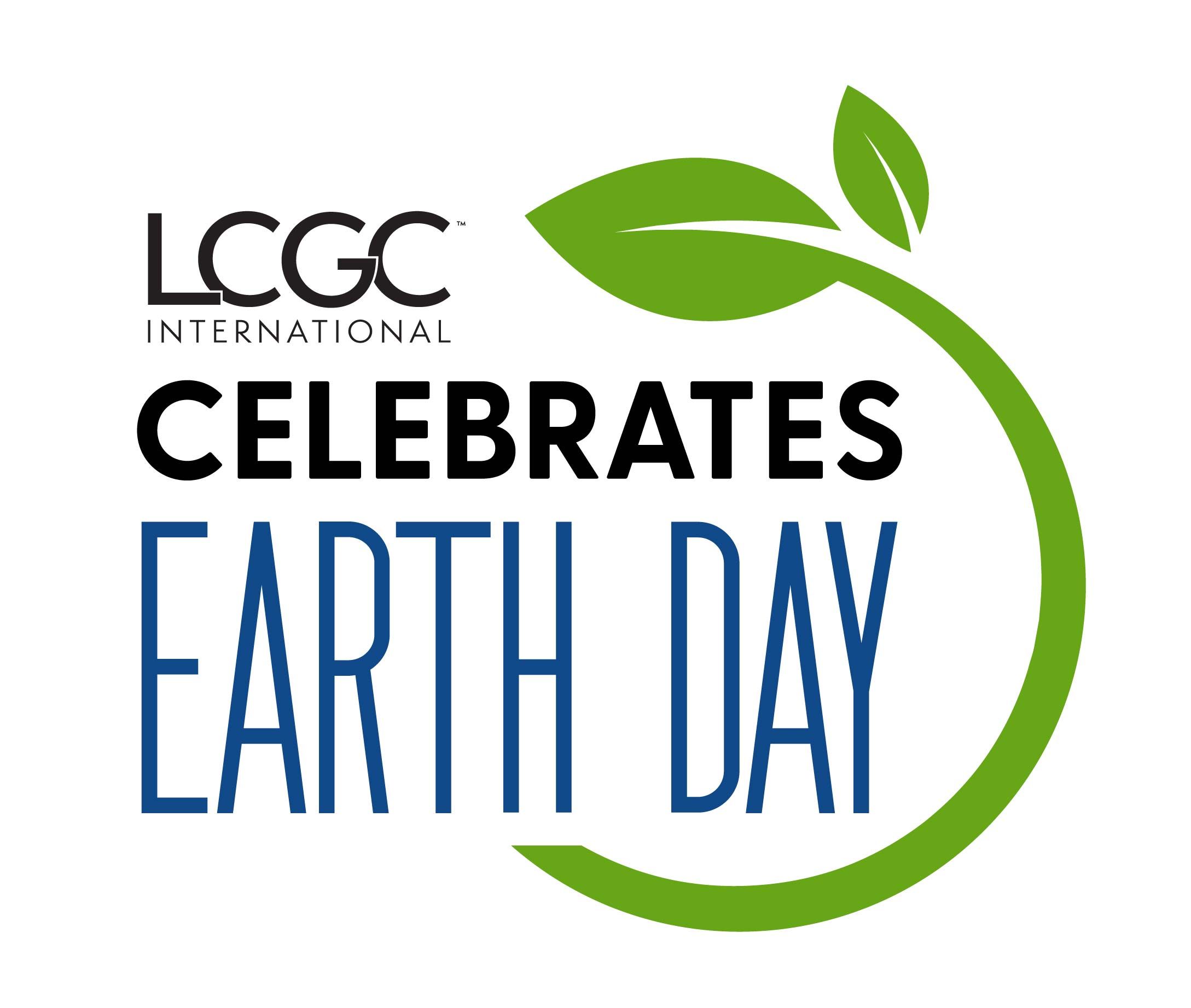Technical Articles: A Focus on Environmental Analysis

LCGC International publishes a "Focus on Environmental Analysis" column, which covers environmental scientists providing updates on changes in regulations as well as advances in methods for detecting and quantifying environmental analytes in various matrices.
In celebration of Earth Day, we spotlight a few of our “Focus on Environmental Analysis” columns, which showcase how chromatography is being used in industry to bring about significant, positive change in environmental analysis and sustainability.
Title: Detection of ODSs and HGSs in Industrial Zones Using a Cryogen-Free Preconcentration GC–MS Method
Summary: Adopted 35 years ago, the Montreal Protocol is an international treaty designed to protect the ozone layer. It addresses ozone depletion caused by industrial chemicals and remains a landmark environmental agreement in the phasing out and ban of the production and consumption of ozone-depleting substances (ODSs).
Title: Exploring the Small-Molecule Composition of Voacanga africana Seeds Using LADI-MS: An Interview with Rabi Musah
Summary: Rabi Ann Musah, PhD, a professor of chemistry at the University of Albany, State University of New York, is exploring ways to help protect seed viability through optimizing the isolation of specific compounds. We sat down with her to discuss her research and findings.
Title: Monitoring Contaminants of Emerging Concern (CECs) in the Environment
Summary: LCGC spoke with Leon Barron from the Imperial College London about his work measuring contaminants of emerging concern in water.
Title: Analyzing Organofluorine Compounds in the Environment Using Combustion Ion Chromatography (CIC) and Other Methods
Summary: Organofluorine compounds are potential contaminants in the environment, particularly in natural water sources. Leo W. Y. Yeung, PhD, is a Senior Lecturer in the School of Science and Technology of the Man-Technology-Environment Research Centre (MTM) at Örebro University in Örebro, Sweden. His research has involved the analysis of organofluorine compounds of concern in the natural environment. We recently spoke to him about his work using combustion ion chromatography (CIC) and other methods to analyze organofluorine and specific perfluoroalkyl and polyfluoroalkyl substances (PFAS) compounds in environmental samples.
Title: Real-Time Monitoring of Volatile Organic Compounds in Ambient Air Using Direct-Injection Mass Spectrometry
Abstract: Exposure to volatile organic compounds (VOCs) at low parts per billion (ppb) concentrations (by volume, ppbV) in ambient air is increasingly being recognized as a health risk. Furthermore, VOCs contribute to the formation of photochemical smog and particulate matter, which are hazardous and negatively impact the environment. Although most urban VOCs are anthropogenic in origin, some are produced by living organisms, especially trees. Gas chromatography (GC) is conventionally applied to VOC analysis of air, but it generally has a time resolution of tens of minutes and detection at low ppbV levels, frequently requiring sample preconcentration (such as using thermal desorption tubes (TDTs) or canister sampling with cryotrapping prior to analysis). Newer direct-injection mass spectrometry (DIMS) techniques can address the challenge of time resolution (seconds to tens of seconds) and eliminate the need for sampling via TDTs or canisters while still providing sufficient specificity. In this article, the results of a DIMS air monitoring campaign in Auckland, New Zealand, are described. Real-time selected ion flow tube mass spectrometry (SIFT–MS) measurements were obtained at three sites over a period of several weeks each: (i) adjacent to a freeway, (ii) in a residential area, and (iii) at a rural location. There were 13 compounds that were targeted in the study, covering various sources: fugitive emissions and incomplete combustion (benzene, toluene, and ethylbenzene, along with the xylene isomers, styrene, and ethanol), incomplete combustion (1,3-butadiene, formaldehyde, acetaldehyde, acrolein, benzaldehyde, and acetone), and biogenic origin (isoprene and monoterpenes (total of all isomers). At each site, SIFT–MS provided effective on-site analysis to sub-ppbV levels with better than 1-min time resolution.
To continue celebrating Earth Day with us, please check out our other landing pages:
LCGC International Celebrates Earth Day – Our Featured Q&As
LCGC International Celebrates Earth Day – The Latest News in Environmental Analysis
Advances in Non-Targeted Analysis for PFAS in Environmental Matrices
March 27th 2025David Megson from Manchester Metropolitan University in Manchester, UK, spoke to LCGC International about the latest developments in non-targeted analysis (NTA) of per- and polyfluoroalkyl substances (PFAS) in environmental matrices based on a recent systematic review paper he has collaboratively published (1).
Study Explores Thin-Film Extraction of Biogenic Amines via HPLC-MS/MS
March 27th 2025Scientists from Tabriz University and the University of Tabriz explored cellulose acetate-UiO-66-COOH as an affordable coating sorbent for thin film extraction of biogenic amines from cheese and alcohol-free beverages using HPLC-MS/MS.
Quantifying Microplastics in Meconium Samples Using Pyrolysis–GC-MS
March 26th 2025Using pyrolysis-gas chromatography and mass spectrometry, scientists from Fudan University and the Putuo District Center for Disease Control and Prevention detected and quantified microplastics in newborn stool samples.






